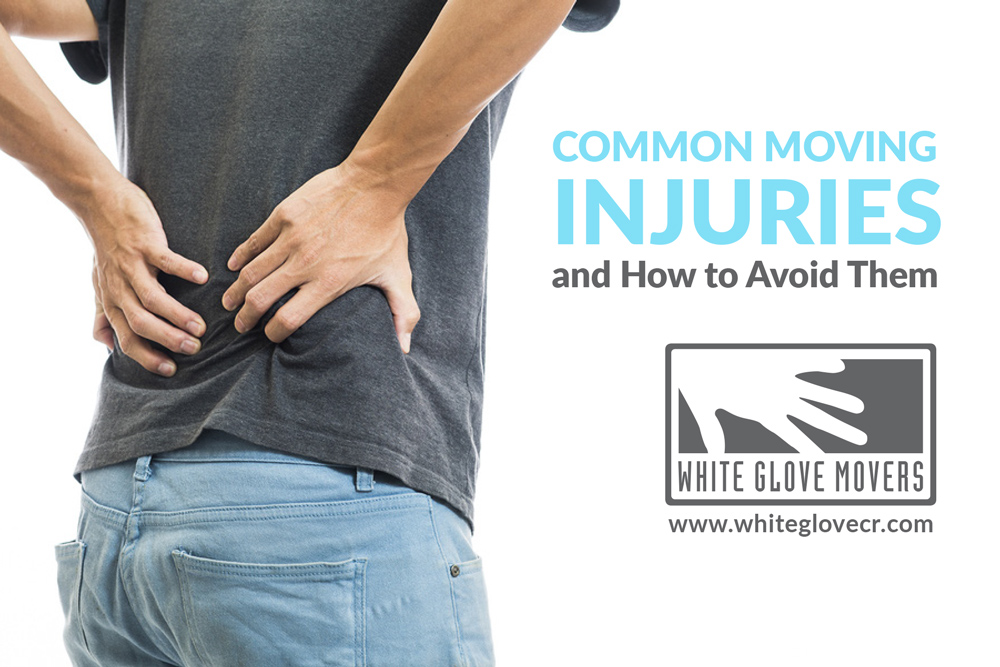Packing up and moving your household can be challenging, especially since you run the risk of harming yourself in the process. Common sense and some safety precautions will come in handy for you and your family members during the moving process. However, since many things can change due to reasons that are beyond your control, it can be tempting to try to recoup your lost time by rushing the move.
When we feel rushed we become stressed and frustrated, which can lead to cutting corners. As a result, proper safety precautions may be tossed out the window, which could lead to moving-related injuries.
Since nobody wants to take time to recover from an injury and moving-related injuries are quite common, there are many things we can do to avoid getting them in the first place. Below are some of the most common moving injuries as well as tips for avoiding them.
Back trauma
In our daily routines, many of us lift light objects with just our arms. When moving heavy objects, however, the stress is placed on the back. If the weight of the object you’re moving is more than what your muscles can handle, the chances of sustaining a back injury increase dramatically.
What you can do
The best way to prevent a moving-related back injury is to avoid lifting heavy objects altogether. It’s important that you know your own limits and whether you can handle heavy items. If you’re not deadlifting 220 in the gym, it’s probably best that you avoid picking up the living room Lazyboy.
If you do find yourself moving heavy objects, be sure to lift from the legs, not your back. Try to keep your back as straight as you can so you’re using the strength of your lower limbs for hoisting.
To be completely injury-free, consider hiring a professional residential moving company.
Muscle trauma
Though you’ve been mentally gearing up for moving day, your body hasn’t necessarily been doing the same. You’ve probably been packing non-stop and shifting things around, but you’ll likely be doing a lot of movements your body doesn’t do on a daily basis. Activities such as bending, pulling, lifting, twisting, and pushing can take their toll on the body.
To avoid muscle cramps, strains, and contusions, consider warming up before you start moving your possessions. It might seem silly since you’re not starting a workout or run, but cold muscles are more likely to sustain injuries. Start your moving day with stretching and warming exercises that will warm the body and prepare the muscles for the day ahead.
Additionally, staying hydrated will help. If you need to take a water break or just a break in general, allow yourself to do so.
If you’d like to take the stress out of moving, be sure to speak to the team at White Glove Movers. We’re a locally owned business that focuses on making the moving process as smooth and painless as possible. We’d love to help you with your residential move. Give us a call today to get started.

